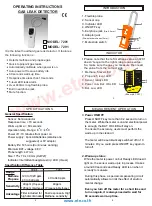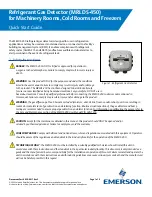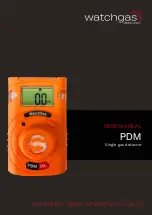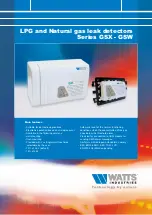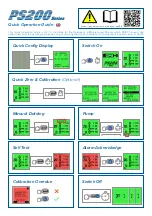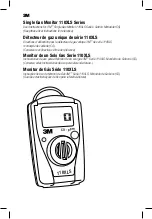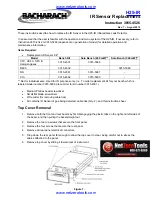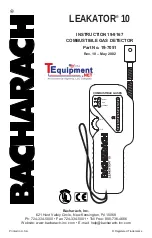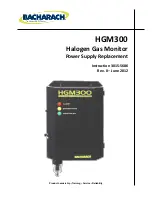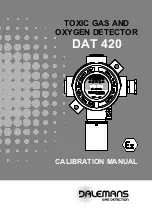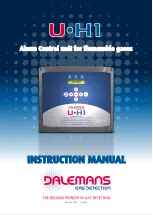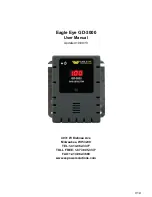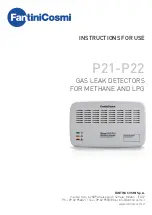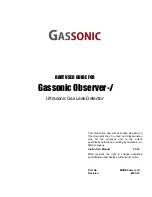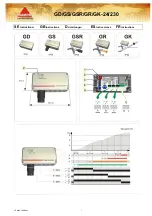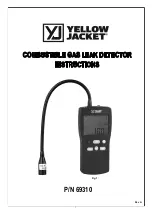
A6V10324661_en--_m
SIEMENS Industry, Inc.
2020-08-28
Smart Infrastructure
Installation Instructions
Model OOHC941
Multi-Criteria Fire/CO Detector
UL268 7th edition listed
Figure 1
These instructions are written in accordance with the
installation guidelines of NFPA 72, National Fire Alarm
Code and CAN/ULC-S524, The Installation of Fire
Alarm Systems. The model OOHC941 detector (as
shown in Figure 1) meets the VEWFD (Very Early
Warning Fire Detector) classification and sensitivity
requirements of NFPA 76 (Standard for the Fire
Protection
of
Telecommunications
Facilities)
incorporating a programmable “Alert” (Pre-Alarm)
sensitivity threshold of 0.2%/ft obscuration and an
“Alarm” sensitivity threshold of 1.0%/ft obscuration.
CAUTION
DO NOT install this detection device until all construction
is completed.
DO NOT store this detection device where it can be
contaminated by dirt, dust, or humidity.
DETECTOR PLACEMENT
Although no specific spacings are set for the detectors
used for a clean air application, for multi-criteria fire
detection use 30-foot center spacing (900 sq ft) from
NFPA 72 initiating devices chapter, if practical, as a
guide or starting point for a detector installation layout.
This spacing, however, is based on ideal conditions–
smooth ceiling, no air movement, and no physical
obstructions.
In
some
applications,
therefore,
considerably less area is protected adequately by each
smoke detector. This is why it is mandatory to closely
follow the installation drawings. In all installations place
the detector on the ceiling, a minimum of 6 inches from
a side wall, or on a wall, 12 inches from the ceiling. For
CO gas detection applications, follow detector
installation requirements in NFPA 72 for Installation of
Carbon Monoxide Detection and Warning Equipment.
For thermal detection, use the matrix below:
Spacing, Feet Temperature Rating, °F With/without Guard Model
50
135, 145, 155, 165, 175
With and without STI Guard
60
135, 145, 155, 165, 175
70
135, 145
Drawings provided or approved by Siemens Industry,
Inc., or by its authorized distributors are extremely
important. The detector placements shown on these
drawings were chosen after a careful evaluation of the
area that is protected. Such factors as air currents,
temperature, humidity, pressure, and the nature of the
fire load were carefully considered. Especially noted
were the room or area configuration and the type of
ceiling (sloped or flat, smooth or beamed). Siemens
Industry, Inc.’s extensive experience in the design of the
system assures the best detector placement by following
these drawings. Sound engineering judgment by
qualified personnel must be followed.
TO AVOID NUISANCE ALARMS
Do not locate the detectors where excessive smoke
concentrations exist under normal conditions, or in areas
of prolonged high relative humidity where condensation
occurs.
Do not locate the detectors next to an oil burner, or
garage where exhaust fumes can trigger an alarm. Other
causes of false alarm are dust accumulation, heavy
concentrations of steam, heavy pipe or cigar smoke, and
certain aerosol sprays.









